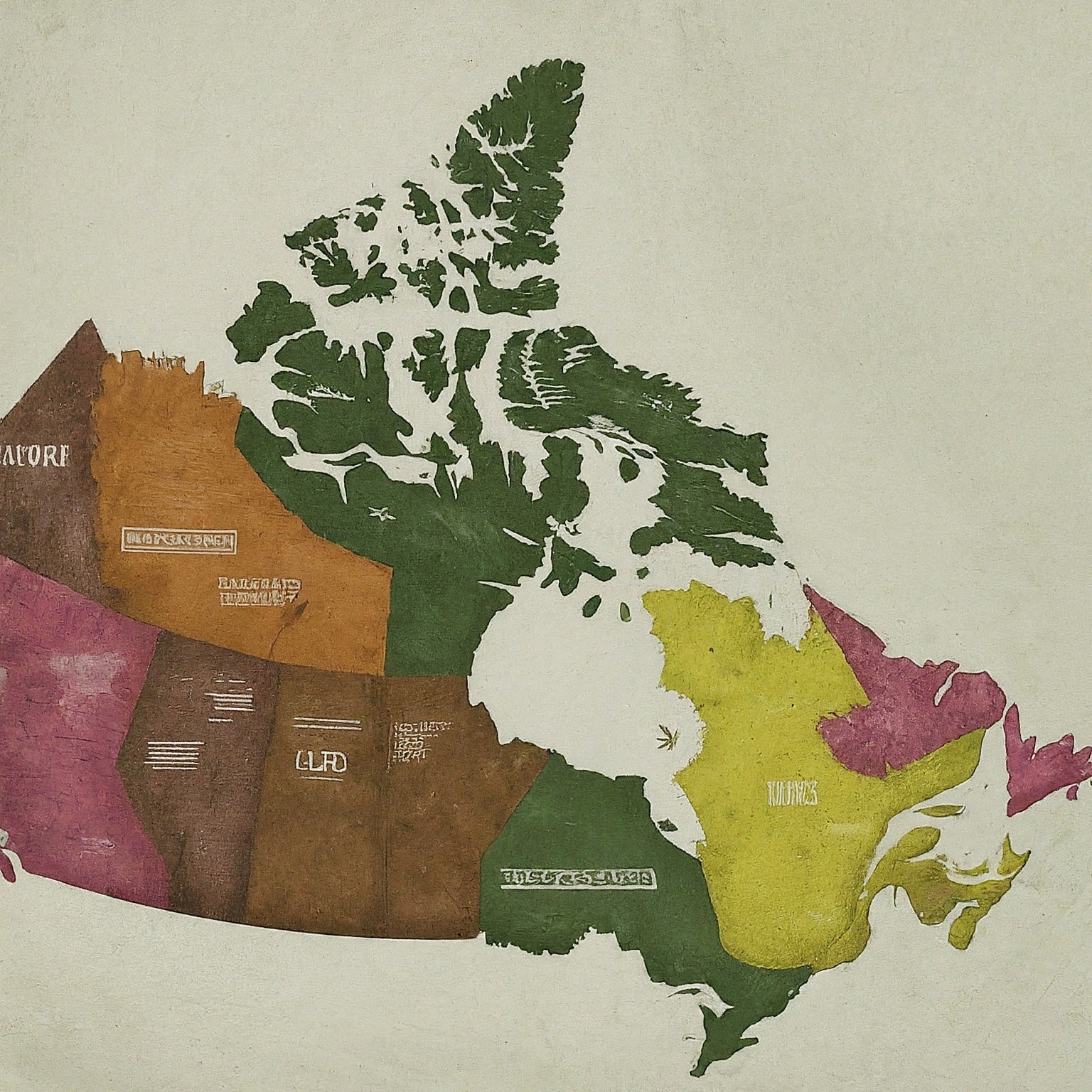Canadian postal codes, those mysterious alphanumeric sequences, play a vital role in efficiently delivering mail across the vast Canadian landscape. But there’s more to them than meets the eye! This article delves deeper into the world of Canadian postal codes, exploring their format, function, and some fascinating facts.

The Anatomy of a Canadian Postal Code
A Canadian postal code consists of six characters – a mix of letters and numbers – formatted as A1A 1A1. The first three characters (A1A) identify a Forward Sortation Area (FSA). These areas typically correspond to a group of neighbourhoods or a smaller town. The last three characters (1A1) are a Local Delivery Unit (LDU), further pinpointing the destination within the FSA, like a specific street or building.
Beyond Addresses: The Power of Postal Codes
Canadian postal codes go beyond just sorting mail. Businesses leverage them for targeted marketing campaigns. Urban planners use them to analyze demographics and social trends. Even emergency responders rely on postal codes to pinpoint locations quickly.
Fun Facts About Canadian Postal Codes
- Did you know the first digit of a postal code reveals the province or territory? Codes starting with A are in Newfoundland and Labrador, while those beginning with Y are in Yukon.
- There’s a special Santa-themed postal code, H0H 0H0, reserved for Santa Claus during the holiday season!
- Canada Post offers a free online tool to look up any Canadian postal code by address or postal box number [Find a Postal Code – Canada Post].
The Future of Canadian Postal Codes
As technology evolves, so too might Canadian postal codes. With the rise of e-commerce and digital communication, postal codes could see expanded uses, potentially acting as unique identifiers for online deliveries or even digital services tied to specific locations.
Understanding Canadian postal codes goes beyond just addressing envelopes. They are a cornerstone of Canada’s postal system and a fascinating piece of the country’s infrastructure. So next time you write out a postal code, remember the intricate network it helps power!